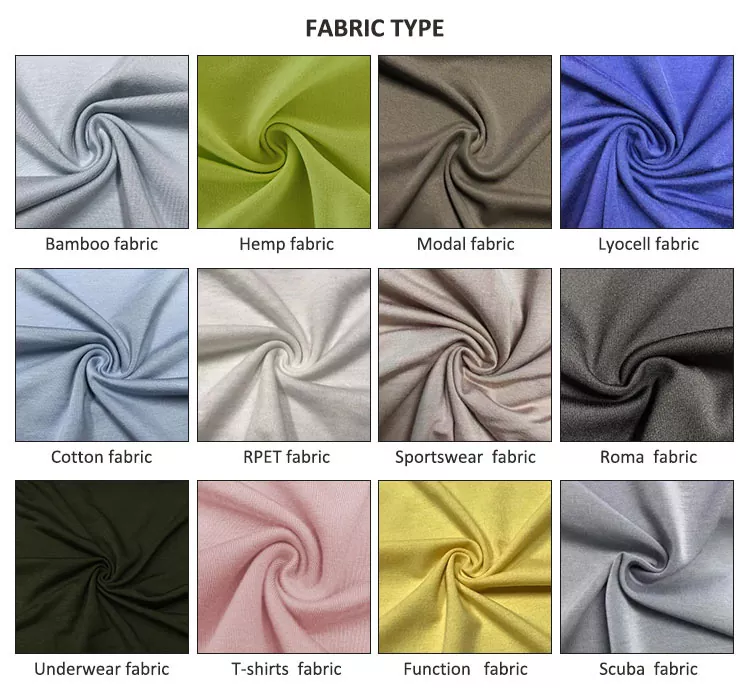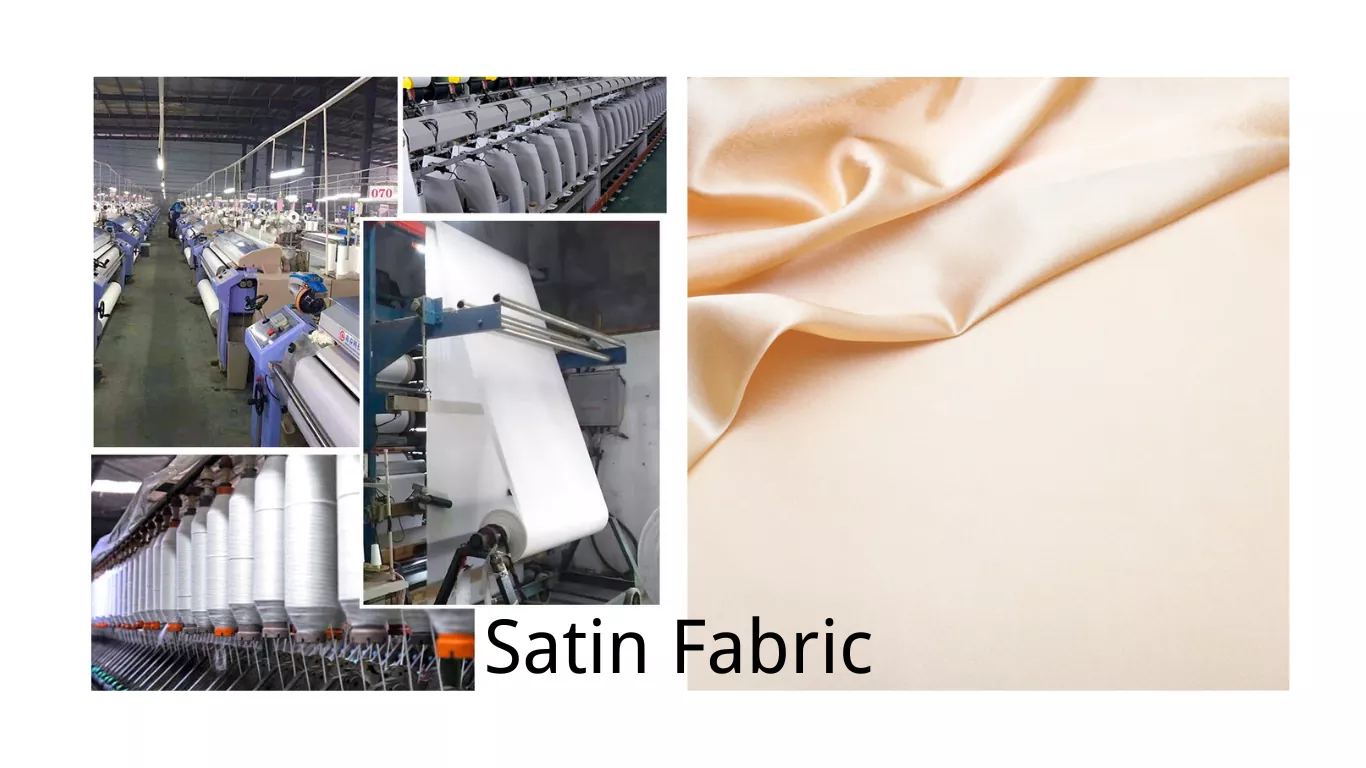Sample Making Unveiled: The Art of Creating Stellar Fashion Previews
In the fast-paced world of fashion design, the creation of prototypes, often referred to as sample making, is deemed an invaluable step that helps bridge the gap between concept and reality. It is during the sample making process that designers are able to envision their initial sketches and ideas in a three-dimensional scope, carefully inspect their designs, and determine how well they would conform to the human form. Empirical analysis allows designers to check proportions, seams, and overall structure of the piece, offering a realistic touch and feel that transcends what a mere two-dimensional sketch could offer.
The importance of making a sample pack cannot be understated – it serves as a real-world trial run for mass production. In a sample pack, each design is prototyped and scrutinized for potential flaws. This sequential process enables early detection of design or construction issues, thus preventing costly production mistakes further down the line. By investing time and resources in fashion prototyping, designers and brands are afforded the opportunity to innovate, experiment, fine-tune, and ultimately perfect their designs before they hit the proizvodna linija and eventually, the retail outlets.
Decoding the Process: From Sketch to Prototype
Fashion houses and designers across the globe employ a unique process termed “making a sampler,” a pivotal step in bridging the gap between initial sketch and tangible prototype. Based on the first draft sketch of a design, a small piece of material is used to create a small-scale representation of the planned attire. This experimental phase allows creators to physically manipulate designs, gain insight into how patterns work in different fabrics, and detect any potential production issues early on.
Meticulous and vital to achieving final perfection, making a sampler also acts as a precursor for making sample packs. These are larger scale prototypes that serve as models for mass production. Crafted with precise details and proportions, sample packs not only ensure that the mass-produced pieces are consistent with the original design envisioned but also allow for performance testing. From shaping the aesthetics to testing the functional aspects, these prototypes are critical in maintaining the artistic integrity and operational efficiency of the fashion being created.
The Essential Tools for Fashion Prototyping
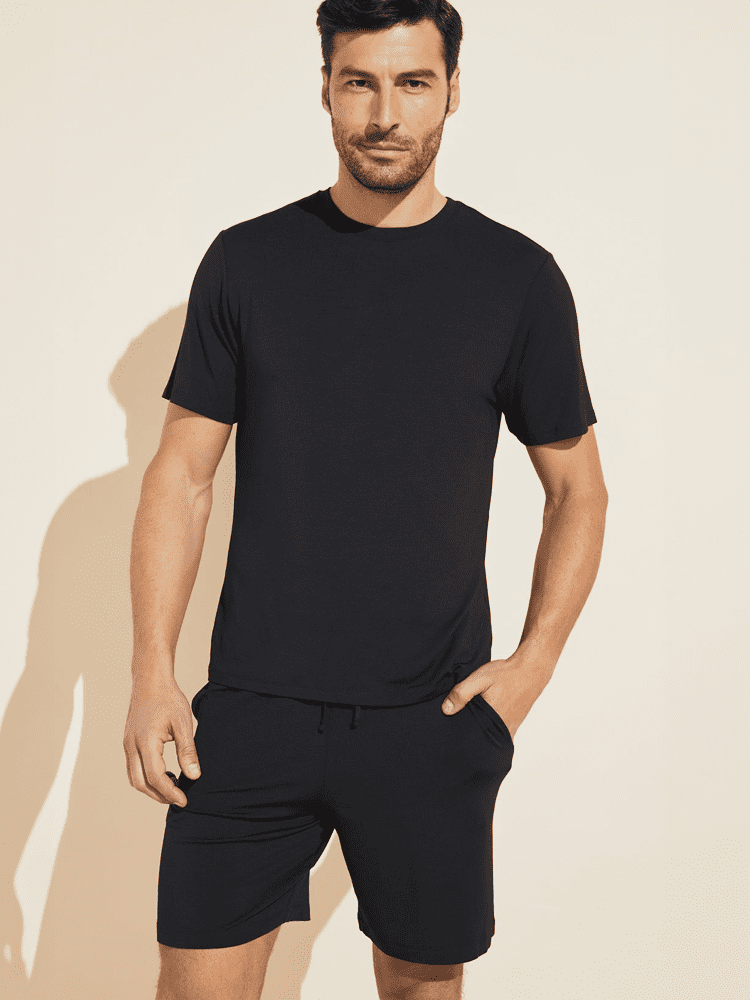
In the fast-paced world of fashion design and manufacturing, the role of effective and efficient tools is paramount. Among these, one significant factor that contributes to fashion prototyping is the practice of sample making in the garment industry. The method of sample making enables designers to visualize their concepts in a wearable form before proceeding to mass production. It allows them to experiment with different materials, designs, cuts, and shapes, thereby opening up a pool of possibilities to refine their product prototypes.
Simultaneously, in an era where technology permeates every aspect of our lives, the use of advanced machinery in fashion design cannot be overstated. An example of such a machine is the fabric sample making machine, which has revolutionized the way designers create prototypes. This crucial tool enhances the efficiency, accuracy, and quality of prototype production by automating the otherwise tedious and time-consuming manual process of cutting and assembly. It not only saves resources but also ensures impeccable consistency, which is vital in presenting a polished and refined prototype.
Incorporating Creativity in Fashion Prototyping
Creativity plays a crucial role in the realm of fashion prototyping, a stage where designers get the chance to transform a simple sketch into a tangible and three-dimensional oblačila. This phase, also known as garment sample making, serves as a melting pot for innovation and artistry, as it entails the use of various techniques and processes to create a prototype that truly embodies a designer’s unique vision and style.
Making samples require not only a deep understanding of the intricate details of the sketch but also the ability to explore and experiment with different fabrics, cuts, and designs. It is where the freedom of expression comes to life through the materialization of a concept, thus making it an essential platform for creativity and experimentation in the fashion industry. The prototype does not merely emulate the fashion sketch, but broadens its potential by offering a whole new dimension and perspective.
The Role of Technology in Modern Fashion Prototyping
Within the contemporary landscape of fashion design, the impact of technology cannot be overstated. Various tech tools and software have drastically changed the traditional garment sample making process. Innovations such as 3D modelling, digital patterning and marker making software have all transformed the way fashion prototypes are made. These technological advancements not only expedite the design and fitting process, but also greatly reduce the usage of sample making supplies, aligning with the industry’s movement towards sustainable practices.
In fact, the movement from manual sketching and draping to computer-aided design and 3D printing is seen throughout the prototyping phase. Advancements in technology have not just provided designers with ease of access to their creations, but also extended the realm of possibility in the execution of creative ideas. This shift has resulted in an overall increase in the accuracy and efficiency of the garment sample making process, leading to a significant reduction in the time, cost, and labor associated with producing fashion prototypes.
Challenges in Producing High-quality Fashion Prototypes
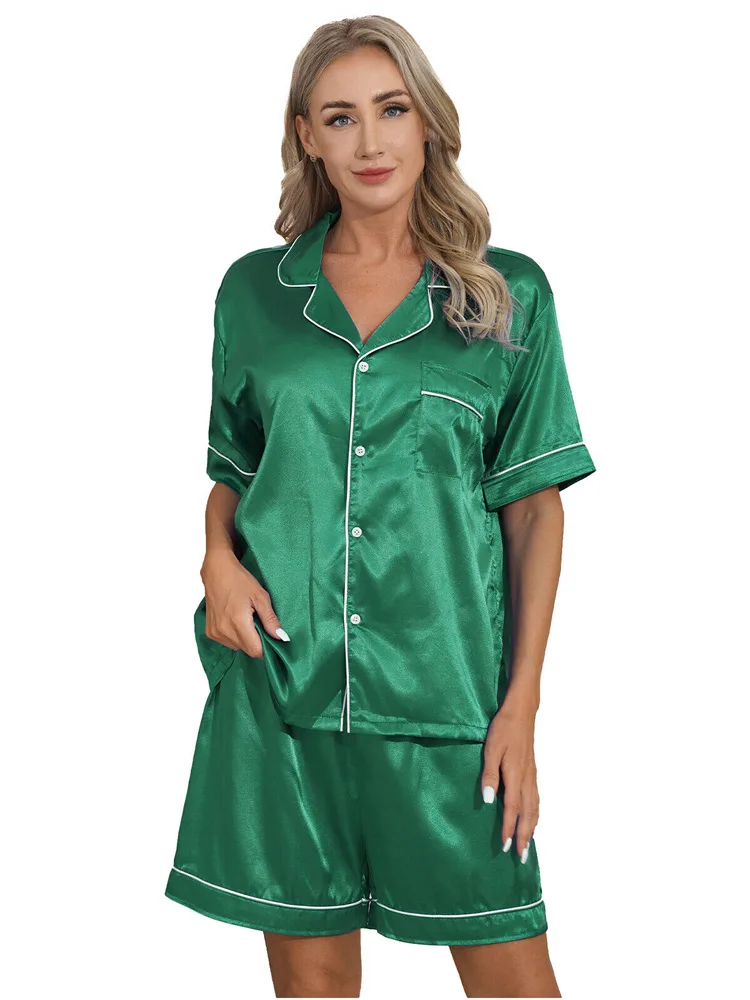
The fashion industry faces numerous challenges in the quest to produce high-quality prototypes. One key hurdle lies within the garments sample making procedure. With the industry ever-evolving, designers are continually pressured to create innovative and fashionable attires within a limited timeframe. The initial interpretation of a design’s concept towards a physical model, often navigates through a variety of complexities. These include intricate detailing, resource limitations, the need for precision and a true-to-design determination which is critical to the successful realization of a prototype.
Furthermore, there is also the high demand for accuracy in replicating design elements as conceptualized in the sketch. Factors like fabric behavior, draping, fitting, color matching, and pattern symmetries pose considerable challenges. The cyclical process of adjusting, iterating, and refining comes into play often making the garments sample making procedure a grueling aspect of fashion prototyping. Despite these challenges, this stage is of utmost importance as it lays the groundwork for mass production and ultimately dictates the final product’s quality.
Case Study: Successful Usage of Fashion Prototypes
One renowned example of the successful use of fashion prototypes lies within the innovative approaches of French luxury house, Chanel. In their 2015 collection, the company leveraged digital rapid prototyping technology to create intricate lace designs. Evaluating these preliminary models, designers gained tangible insights into their creations. This new approach effectively streamlined the intricate design process for lace, which traditionally required labor-intensive manual techniques, thus allowing for refined adjustments prior to the production phase.
Simultaneously, the usage of prototypes protected the brand’s unique designs, by enabling the company to restrict access to the final patterns until the time of release. This strategy not only expedited the design process, reducing time-to-market, but also increased the design fidelity. By embracing prototyping as a crucial step in the design process, Chanel set a precedent for other luxury fashion brands. This case study perfectly exemplifies how digital tools for fashion prototyping can heighten the standards of design while protecting brand value.
• Chanel’s 2015 collection utilized digital rapid prototyping technology to create intricate lace designs, showcasing the successful application of fashion prototypes.
• The use of preliminary models allowed designers to gain tangible insights into their creations and refine adjustments prior to production.
• This approach effectively streamlined the traditionally labor-intensive design process for lace.
• The usage of prototypes also served a protective function for brand designs by restricting access to final patterns until release time.
• This strategy expedited the design process and reduced time-to-market while increasing design fidelity.
• By incorporating prototyping as an essential step in their design process, Chanel set a benchmark for other luxury fashion brands.
• This case study underscores how digital tools for fashion prototyping can elevate standards of design and safeguard brand value.
Another example is provided by Spanish fast-fashion retailer Zara. Known for its speedy turnaround times from concept to store shelves, Zara has been leveraging prototype technology since early on.
• Zara uses rapid 3D prototyping technologies in designing clothes which allows them to bring new collections faster than competitors.
• Their innovative use of this technology enables them not only speed up the production cycle but also reduce waste significantly by allowing corrections before going into full-scale production.
• Prototypes are used extensively during product presentations where decisions are made about which styles will go into production – thereby minimizing risks associated with mass-production decisions.
• In addition, they employ virtual reality (VR) technologies along with physical prototypes creating a more immersive experience during these decision-making sessions – further enhancing accuracy and efficiency.
These cases illustrate that whether it be high-end luxury or fast-fashion retailing; embracing technology such as digital rapid prototyping can drive success in today’s competitive fashion landscape.
Key Tips for Enhancing Your Fashion Prototypes
Prototyping in fashion is an essential step in creating a design, as it serves as a concrete representation of your ideas and designs. To optimize and enhance your fashion prototypes, using a range of materials is highly recommended. By experimenting with different textiles, you can discover unique combinations and create more detailed and intricate designs. Don’t limit your creativity to conventional fabrics; explore unconventional materials that could be a popolno prileganje for your design.
Another crucial factor for enhancing fashion prototypes is the integration of digital technology. Modern technologies, like 3D printing and digital sewing machines, open up a world of possibilities and precision that was once unthinkable. Using these tools, designers can enhance their prototypes, ensuring accuracy, and speeding up the whole process. However, it is also essential to maintain a perfect balance between technology and craftsmanship, as the human touch remains irreplaceable in the fashion industry.
The Future of Fashion Prototyping
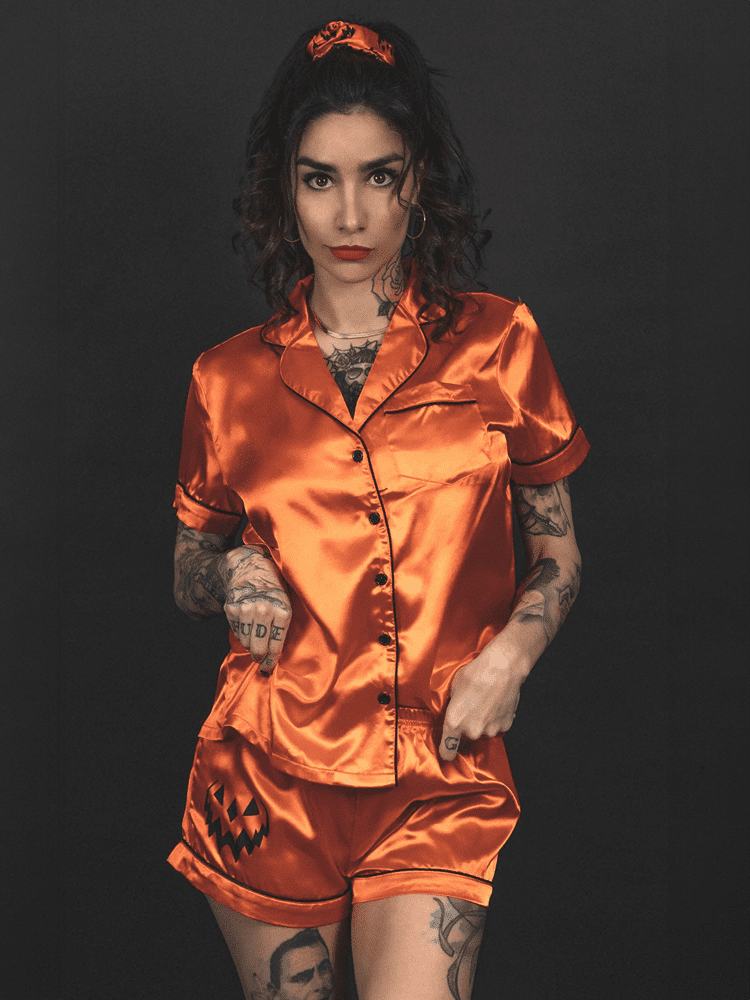
The future of fashion prototyping highlights a broad horizon laden with infinite creative possibilities. Rapid advancements in technology and digitalization are determinant drivers in the evolution of this sector. Virtual prototyping, for example, has emerged as a game-changer in the fashion world. Using accurate 3D representations, designers now have the advantage to visualize, manipulate and rectify designs before actual production. This not only reduces waste but also significantly trims down the cost and time of production.
Sustainability, another significant trend, is influencing and shaping the future of fashion prototyping. As the industry moves towards more eco-friendly practices, designers are integrating sustainable materials and methods in their prototyping process. Additionally, the advent of smart fabrics, promising advancements in wearables, and incorporation of AI predictive modeling in fashion prototype designs are forging a revolutionary path. With these evolutions, the future of fashion prototyping promises to transform mere concepts into wearable realities on a whole new level.
How Fashion Prototypes Influence the Final Product
Fashion prototypes serve as an integral piece in the intricate puzzle of creating the final product. They play a significant role as the tangible manifestation of an idea, an essential step in breathing life into a designer’s creative vision before it ultimately morphs into a finished fashion item. The unique advantage lies in the fact that prototypes allow for tangible evaluation, where designers can assess the fit, style, fabric, texture, and overall aesthetics.
Being a part of the postopek oblikovanja in proizvodnje, fashion prototyping also facilitates critical decision making. Design changes, material choices, and even cost assessments largely depend on prototypes as they provide a comprehensive understanding of how the eventual product will look and feel. Without this crucial step, the likelihood of errors in the final product increases, potentially resulting in lost time, effort, and resources. Therefore, prototypes significantly influence the quality, design accuracy, and market readiness of the final fashion product.
Pogosta vprašanja
What is the importance of prototypes in the fashion industry?
Prototypes in fashion serve as a preliminary version of the final design. They allow designers to see and adjust their creations before they go into full production, helping to assess the design, fit, and functionality of the clothing item.
How does a fashion prototype move from sketch to reality?
The process generally starts with a detailed sketch of the design. Then, a pattern is made, either by hand or using computer software. Next, a vzorec oblačila is created using inexpensive materials. This prototype is then adjusted and refined until it matches the designer’s vision.
What tools are essential for fashion prototyping?
The key tools for fashion prototyping often include sketch pads, pencils, measuring tapes, sewing machines, and pattern-making software. Additionally, materials such as fabric, threads, and buttons are also critical.
How can creativity be incorporated in fashion prototyping?
Creativity in fashion prototyping involves playing with different shapes, textures, and colors. It can also include thinking outside the box to incorporate unconventional materials or create unique patterns and designs.
How is technology affecting modern fashion prototyping?
Technology has revolutionized fashion prototyping. Tools such as 3D printing, virtual reality, and digital pattern-making software allow for more precise measurements, faster adjustments, and a more efficient design process overall.
What are some of the challenges when producing high-quality fashion prototypes?
Producing high-quality fashion prototypes can be challenging due to factors such as the high cost of materials, time constraints, and the need for precision and attention to detail.
Could you provide a case study of successful usage of fashion prototypes?
The article does not provide a specific case study. However, virtually every successful piece of clothing in the fashion world has gone through a prototyping process, from high-end couture gowns to everyday jeans.
What are some tips to enhance fashion prototypes?
Tips to enhance fashion prototypes include using quality materials, even in the prototyping stage, taking accurate measurements, making thorough and detailed sketches, and being open to changes and adjustments throughout the process.
How is the future of fashion prototyping shaping up?
The future of fashion prototyping is likely to be heavily influenced by advancements in technology. Tools such as 3D printing, artificial intelligence, and virtual reality are set to make the process faster, more accurate, and more efficient.
How do fashion prototypes influence the final product?
Fashion prototypes allow designers to test and refine their designs before they go into full production. They also give stakeholders a tangible preview of the final product. Consequently, the quality and accuracy of the prototype can significantly influence the success of the final product.


